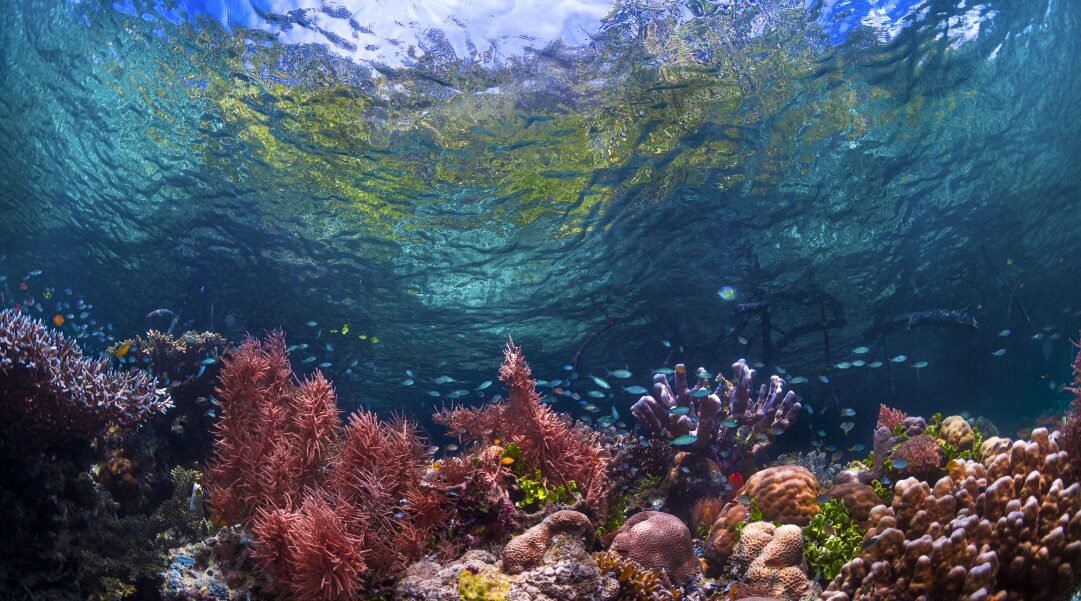Sun Protection Factor is crucial as protection from possible skin cancer which is the most common form of cancer in the United States. However, the SPF you use can also cause damages somewhere else. The New York Times published an article saying around 14,000 tons of this product end up in oceans every year specifically the coral reef areas of Hawaii and the Caribbean Sea.
This is what prodded lawmakers from Hawaii to propose a statute prohibiting the sale of commercial sunscreens which contain oxybenzone as well as octinoxate chemicals found in traditional SPF items. If approved, the bill takes effect on January 2021. Hawaii is the first American state to pass legislation that could ban these hazardous chemicals in SPF.
Mineral SPF
Research studies show that oxybenzone bleaches these diverse ocean ecosystems and drains the nutrients. It affects both the coral reefs and wildlife that depends on said structures. The bottom line is to opt for reef-safe SPF universally acknowledged as physical or mineral sunblock. The federal agency, National Park Service claims mineral sunscreen contains titanium dioxide and zinc oxide which are not capable of harming corals.
Zinc oxide and titanium dioxide protect our skin from the sun’s ultraviolet rays. Mineral sunscreens blocks the rays physically compared to their chemical counterparts that absorb the rays. Dermatologists have identified natural sunscreens which have been proven reef-safe. Environmental organizations recommend the use of SPF confirmed as biodegradable meaning the product breaks down in marine environment.
Oxybenzone damages the Deoxyribonucleic Acid (DNA) of corals which hold back its capacity to reproduce. More so, this harmful chemical produces abnormalities or defects on the corals making them more vulnerable to bleaching. It also sets off endocrine disruption that causes the death of coral reefs. Majority of consumers are unaware that oxybenzone is found in more than 3.500 SPF sold in the USA.
SPF
A renowned ecologist and executive director of an environmental laboratory said SPF 30 that has undergone stringent testing by the Food and Drug Administration for water resistance will serve its purpose. Environmentalists maintain the most effective way of skin protection is to wear sun-protective clothes with Ultraviolet Protection Factor rating of 30 or higher to prevent UV rays from going through the fabric. Invest in good sun accessories as well. This way we help minimize the adverse effect of SPF on coral reefs and marine life.
This environmentalist also pointed out some preservatives in sunscreens could be contaminated. These include methyl and butyl paraben or phenoxyethanol, sedative or anesthetic used for fish. Avoid aerosol sprays because the microscopic chemical ingredients permeate the lungs and scattered airborne into our environment. The nano oxide formula was found to be safer. Another good alternative is the non-nano titanium dioxide.
Some of the highly-recommended sunscreens are the following;
- Thinksport SPF 50 which does contain biologically poisonous chemicals.
- All Good SPF 30 Sport sunscreen lotion is a non-nano zinc oxide SPF with lightweight water-resistant ingredient. It is made of organic green tea, natural Buriti oil, and rose hips from rose plants.
- Babo Botanicals SPF 30 clear zinc lotion which refers to ocean-safe zinc formula that protects our skin from sunburn. It does not have any paraben, sulfate, and dye.
- Suntegrity Natural Mineral SPF is vegan and unscented suitable for children and persons with sensitive skin. This product does not contain paraben, sulfate, synthetic dye, phthalates, nano particles, and chemical ultraviolet absorbers. Its natural elements include cucumber and organic green tea extract as well as pomegranate seed oil.
NOAA Findings
Incidentally, the National Center for Coastal Ocean Science (NOAA) and other collaborators found a connection between these SPF chemicals and coral bleaching published in the journal called Environmental Health Perspectives. Their findings include the following:
- Coral reefs are very sensitive to bleaching. Even the low concentration of chemicals is damaging.
- Chemicals that filter the UV rays can trigger dormant viral infections in micro algae that corals depend on for nourishment.
- Seawater exposed to sunscreen chemicals have 15 times more germs compared to unexposed water.
- Ingredients in sunscreens are also possibly harmful to human beings.
- Between 4,000 and 6,000 metric tons of SPF washes off divers and swimmers into the coral reef surroundings. Around 10 percent of the corals worldwide are in danger of bleaching as a result of these commercial sunscreens.
Now that we have just obtained this new information, it is about time to decide on choosing natural sunscreens instead of buying over the counter products with damaging effects on nature.

